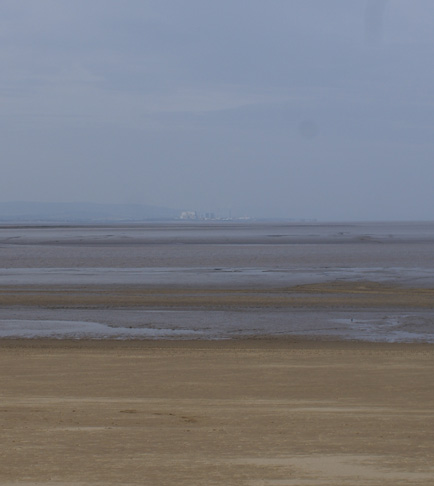New digital and sector deep technology can drive change in the energy sector, from building nuclear reactors to managing office and supermarket efficient energy use. New sensing and inspection tech can enable remote working during social distancing, and beyond; and drive smarter energy grids to deliver affordable cleaner energy. These conclusions emerged from an online panel discussion of a Covid-19 technology recovery in the energy and power sector. It was hosted by the business group Resilience First with Intel.
Green recovery packages will accelerate the adoption of new technologies to help meet the challenges set for energy infrastructure by decentralised generation and storage of energy, and ultimately contribute to mitigate climate change, the webinar heard.
Ian Butcher, Oil & Gas, Energy & Water Utilities Account Executive, Intel, said: “If we look back over the past few years our infrastructure has been put to the test through flooding, record temperatures, power failures and now lockdown. The energy grid is resilient and has held up. “
“As we go forward to build a system of affordable clean energy infrastructure that is required to safeguard the future economic security, we need to modernize and take advantage of digital technology in developing smarter more responsive grids to deliver clean energy and higher energy savings.”
“There now exists a range of sensor technologies to generate data that can be viewed and used remotely from construction site inspections to refrigerator energy use. These are providing vital data that can be used to drive better business decisions, particularly in the energy market as it goes through modernisation.”
Brian Fegan, Construction Manager (Hinkley Point C, pictured, from Burnham-on-Sea), Balfour Beatty, said: “Hinkley Point C is two nuclear energy reactors based under the Bristol Channel which will provide clean reliable energy for up to 20 per cent of the UK population. 800 detailed paper plan drawings with 120,000 different components were turned into a 3D on-screen digital model.
“A live 4D model was then used to model simulations to produce flaw-free workflows. Laser scanning using drones is being executed remotely by engineers working from home during lockdown in our new normal. Cost savings come mostly from avoiding potential delays and assurance of a complete audit trail.”
Philippe Vie, Vice President, Energy, Utilities and Chemicals Sector Head at Capgemini, said: “In the wake of Covid-19, all players in the energy market are re-considering their position in the value chain and their physical location. Business leaders must re-evaluate their digitisation transformation plans and increase efforts to leverage faster OPEX cost savings.”
“Digital technology alone will not produce any significant breakthroughs but will do so in collaboration with new deep technologies. A combination of deep and digital technologies can leverage important gaps with green recovery packages accelerating this process. Hybrid farms and Smart Grids are typical examples of this combination power”
And Gary Carroll, Founder, Episensor, said: “There’s an energy revolution happening. Change is being driven by low cost renewables (wind and solar) and low-cost lithium batteries. This is causing electricity generation and storage to become decentralised.”
“Energy consumption is increasing, energy cost is reducing, and electricity distribution systems will be put under pressure with the additional load and intermittency from renewables. EpiSensor’s platform can help to solve these problems by making it easier to deliver sensor data directly to the cloud, so our partners can focus on building valuable Industrial IoT solutions.”
“Our equipment can be self-installed by maintenance people on their industrial site, which is not possible with traditional industrial automation systems. EpiSensor’s systems achieve the same gold standard for accuracy, ruggedness, reliability and security set by the traditional automation companies, but makes it much easier for such systems to be implemented using our wireless Industrial IoT system.”
Jordan Appleson, CEO of Hark, said: “People are now more remote, so remote visibility and control of core assets is becoming increasingly important. During lockdown supermarket building use has changed significantly. Automated remote sensing allows our industrial IoT software platform to monitor change in energy use and tell the building what to do.”
“There has also been a complete shift in the use of office buildings with a vastly reduced energy need. Remote sensing and automated control can tell a smart building how to increase efficiency and reduce waste.”









